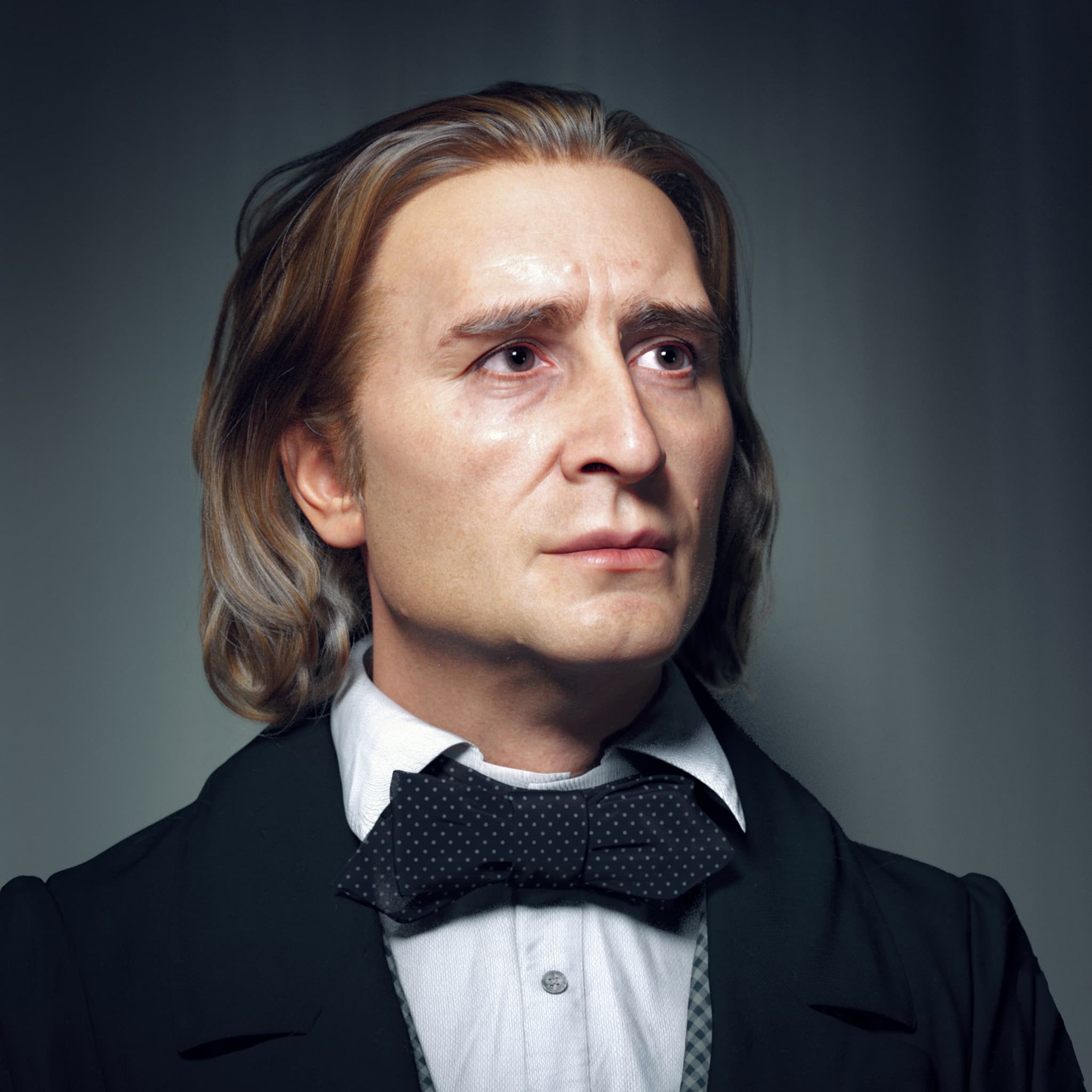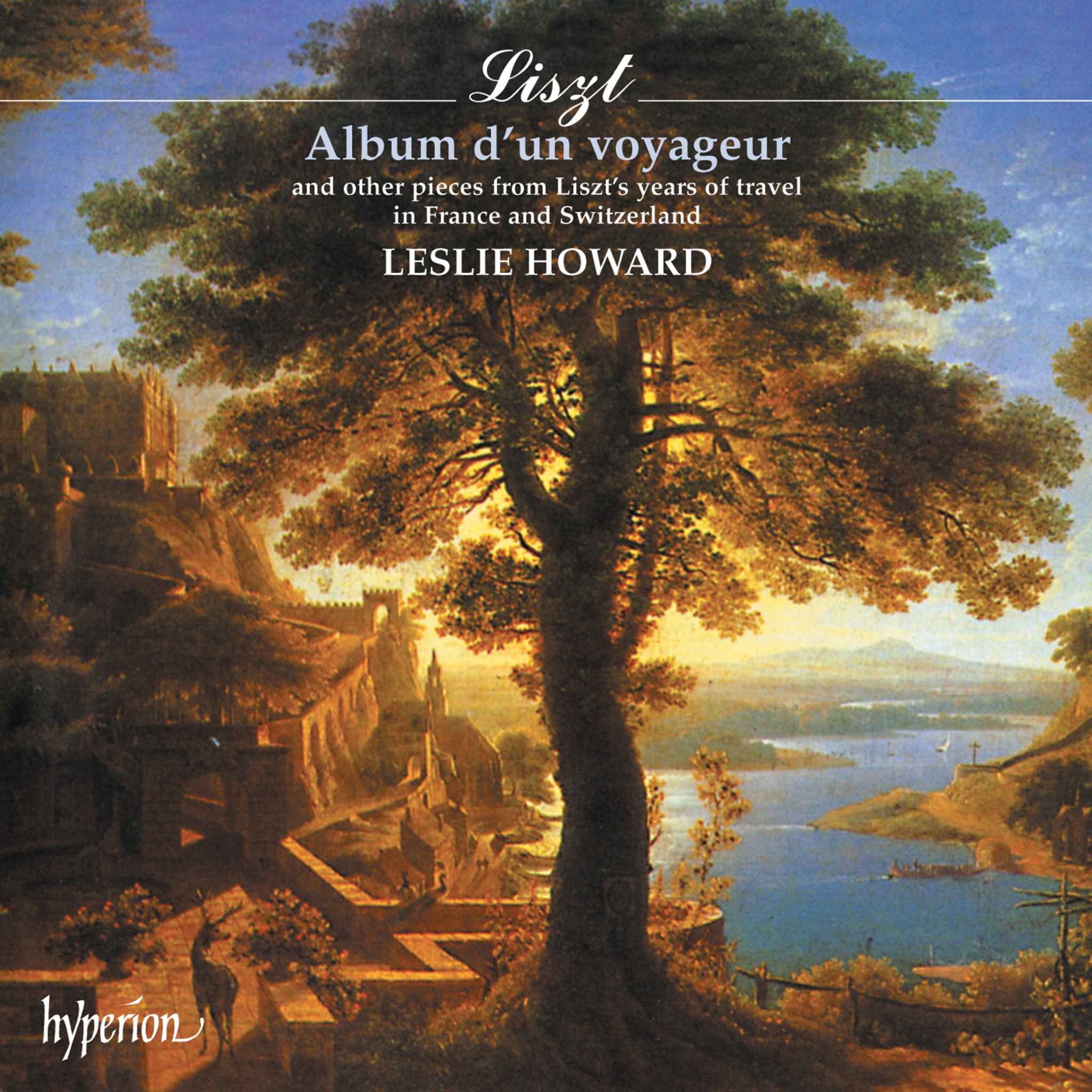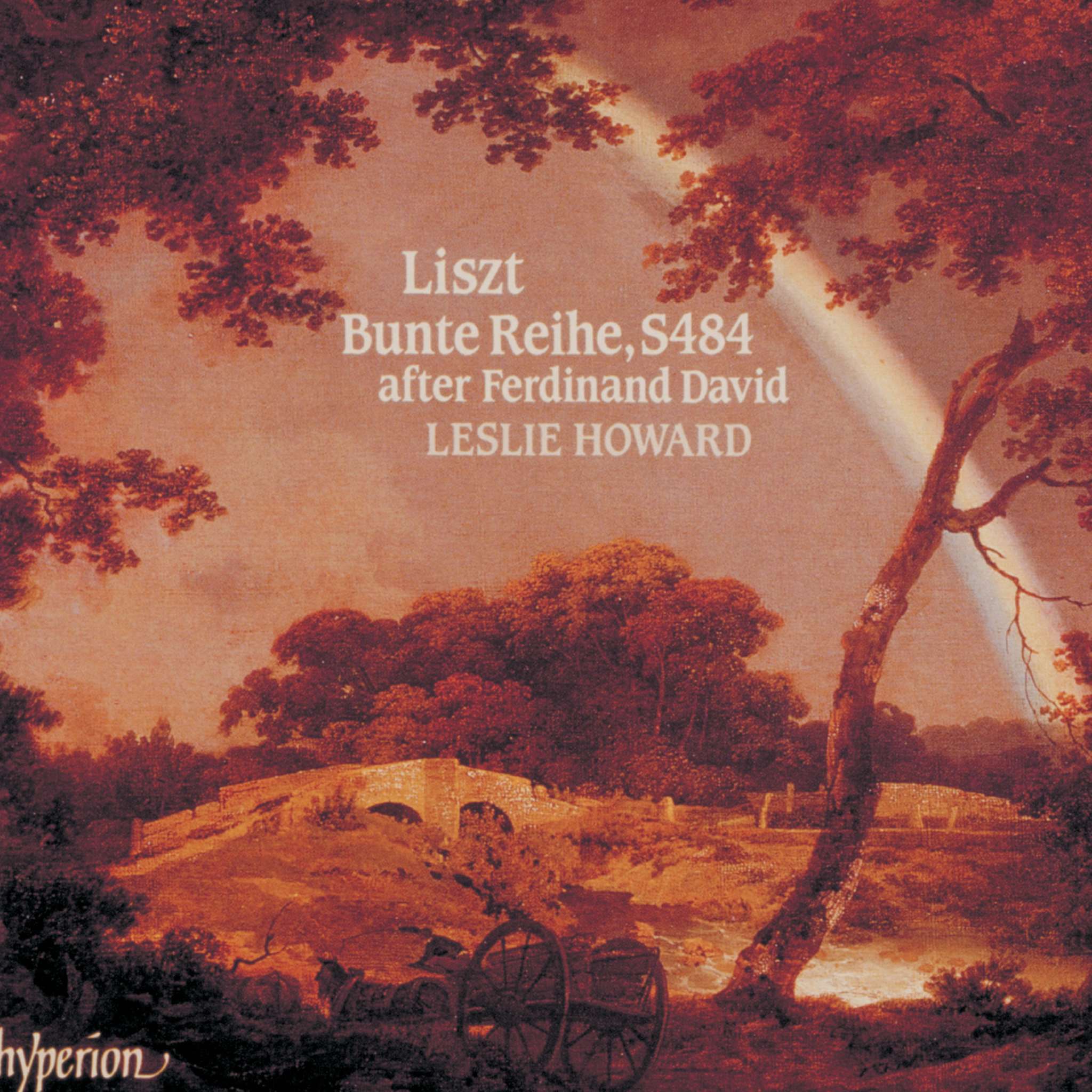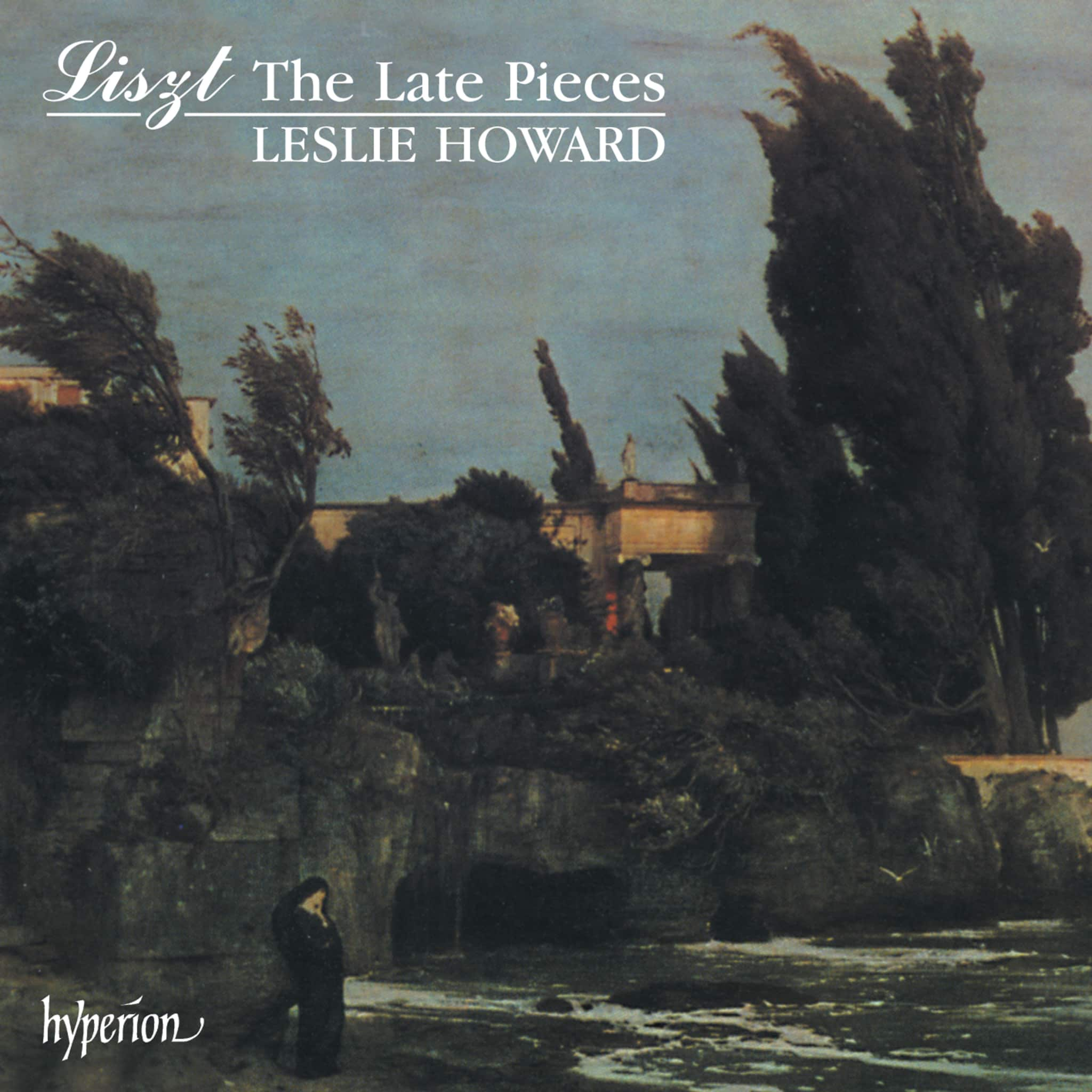Album insights
Around 20 years ago, the Orlando Consort released their first recording of Compère's works. Since then, there has been a significant shift in understanding the music history of the latter half of the 15th century, primarily due to revised birth dates of renowned composers like Josquin Des Prez. Recent discoveries revealed crucial insights, such as a portrait of Jacob Obrecht and a financial record confirming Alexander Agricola's birth, altering their estimated birth years.
These adjustments may seem insignificant, but they markedly impact the chronological positioning of musical works from that era. Compère, once considered a lesser contemporary of Josquin, now emerges as an older composer, predating Josquin and Obrecht in available manuscripts. This reshaping of history highlights Compère's pioneering role in a fully imitative style, a precursor to Josquin. Though the term "pioneer" might downplay his significance, understanding his historical context enhances appreciation. Compère's fascination with motif combination and manipulation and his willingness to take musical risks set him apart from his peers.
Loyset Compère, born around 1445 near the French-Belgian border, was first documented at the prominent court of Galeazzo Maria Sforza in Milan from 1474 to 1477. After the Duke's assassination, records of Compère's activities become scarce. Notably, his Magnificat and other works were featured in the "Gaffuri Codex" in Milan, possibly composed during his tenure at the court.
The anthology presents a detailed exploration of Compère's evolution as a composer through an array of genres and styles. His adept use of imitation and manipulation of motives shines through his compositions. From the late flourishing of fixed forms in French songs to his ventures into new styles with homophonic declamation, Compère's works demonstrate a rich diversity evolving with time.
Dating Compère's pieces offers intriguing insights into his career. His secular songs outnumber his sacred compositions, aiding in tracing his musical journey. Although his life spanned until 1518, secular works after 1505 are scarce. Comparatively, Josquin's prolific career spanned until 1521, possibly due to a considerable age gap between the two composers. Compère's musical legacy predominantly belongs to the period of 1465–1500.
The compilation concludes with the enigmatic piece "O bone Jesu." While its origin remains uncertain, the beauty and emotional depth of this work make it a deserving inclusion despite attribution debates. The piece's enduring popularity and replication for nearly two centuries underscore its timeless appeal, regardless of its true creator. Through this anthology, we aim to provide listeners with a glimpse into Compère's diverse oeuvre, culminating in a reflective choice on the contested origins of the final piece.






